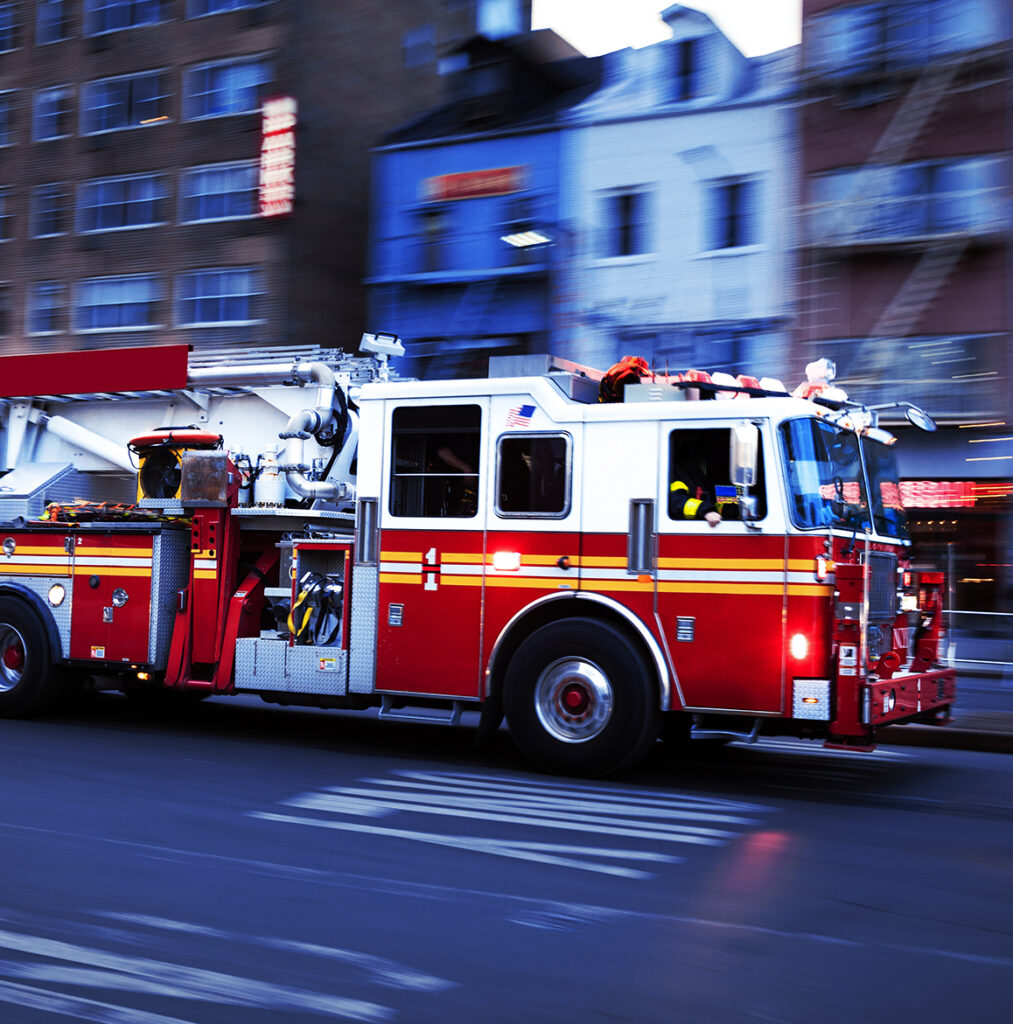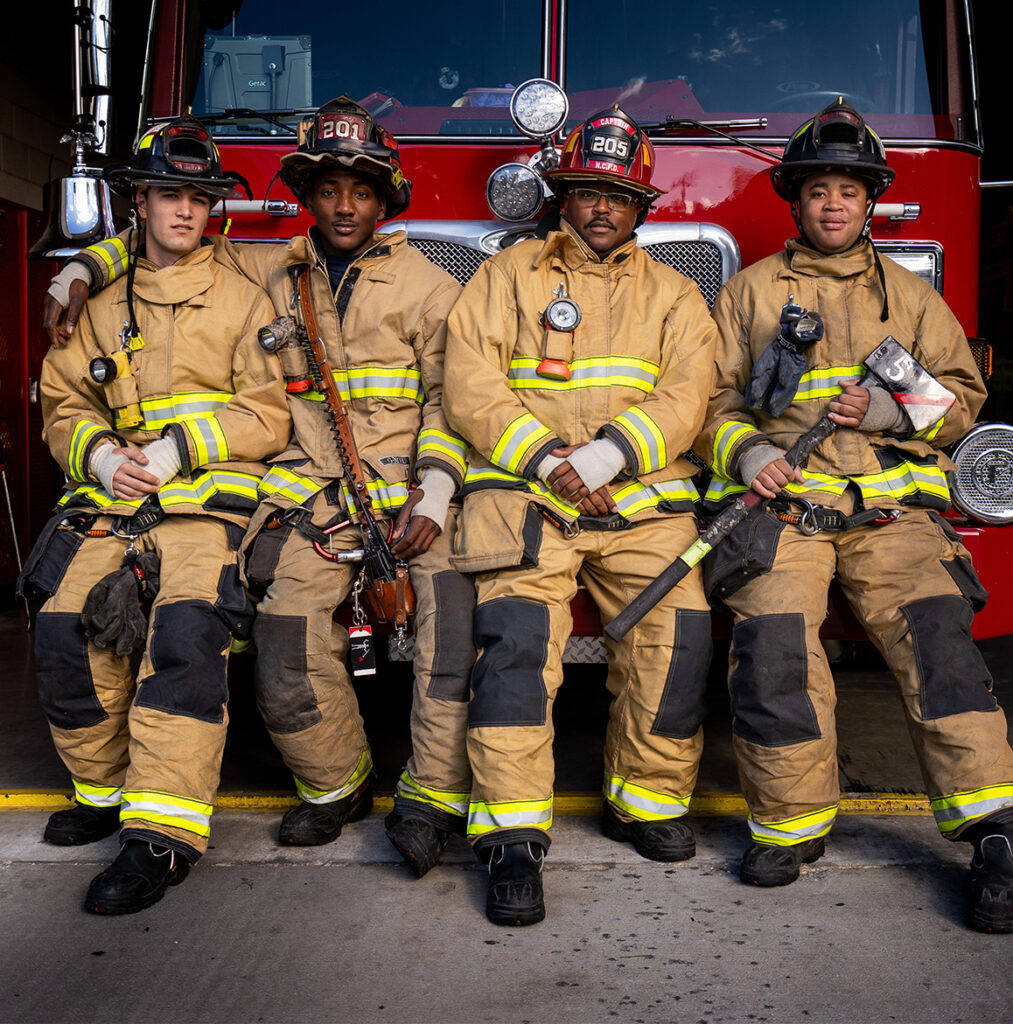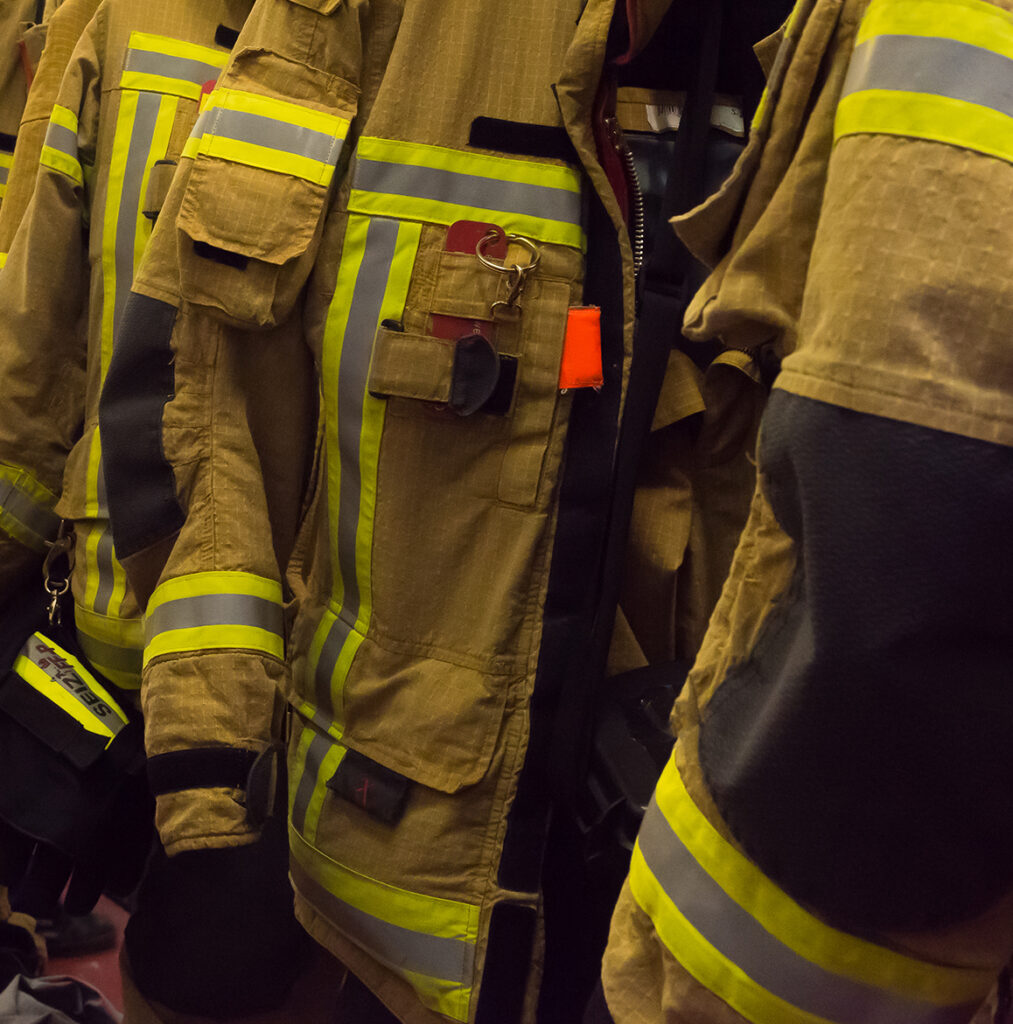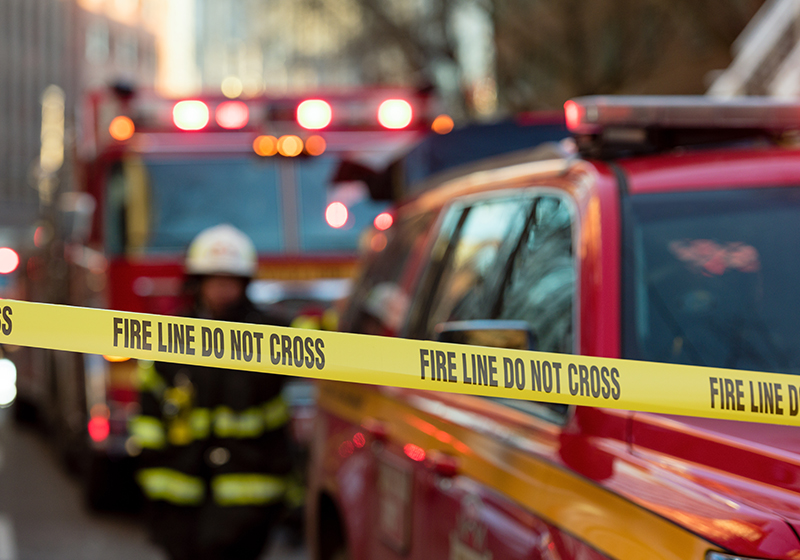
National Fire Protection Association (NFPA)
NFPA delivers information and knowledge through more than 300 consensus codes and standards, research, training, education, outreach and advocacy in support of our mission.
The more than 300 standards NFPA publishes are developed through a time-tested comprehensive technical committee process. The committees are comprised entirely of expert volunteers and represent groups like consumers, government, industry and labor, including many representatives from the fire-fighting community. The published standards are widely used in a variety of ways.
NFPA does not create or dictate the provisions within the standards it publishes. NFPA is the neutral facilitator of the standards development process. It is an open and transparent process in which anyone (except NFPA staff) can review and provide input and comment. Anyone (except NFPA staff) can propose a change to a standard by suggesting specific wording and providing a technical rationale. You don’t have to be a committee member to propose a change to a standard, nor do you have to be an NFPA member to do so.
FAQs Related to the Firefighter Gear Standard
The issue of first responder gear is before the Technical Committee for NFPA 1970, Standard on Protective Ensembles for Structural and Proximity Firefighting, Work Apparel and Open-Circuit Self-Contained Breathing Apparatus (SCBA) for Emergency Services, and Personal Alert Safety Systems (PASS) for the next edition of the standard.
This site provides facts on NFPA and its standards process. It also provides answers to frequently asked questions related to PFAS and firefighter gear.

FAQs
How is the NFPA standard for firefighter gear developed and updated?
Like all NFPA standards, the standard for firefighter protective gear is developed by a volunteer technical committee, not NFPA. NFPA does not write or dictate the provisions of any standard.
Technical committees usually have about 30 members and are comprised entirely of expert volunteers. These dedicated individuals represent groups like users, consumers, government, industry, and labor, including many representatives from the fire-fighting community. To maintain balance, no single interest category can make up more than one-third of any technical committee.
As with all standards NFPA publishes, the open, transparent, consensus process is important to achieving the final language included in the standard. But it’s not always easy – there are, by definition, many considerations and viewpoints that go into developing the language and requirements of the standards.
The fire service has an important voice in identifying what firefighters need from their gear to help keep them safe given the conditions they are exposed to in the field and the fire-fighting tactics they deploy. Their gear is subject to a number of tests including heat strength, burst strength, seam breaking strength, and impact and puncture resistance, just to name a few. The protective gear is expected to perform in extraordinary and challenging ways given these activities and conditions.
The technical committee members take all this all into consideration. They follow a rigorous process, and they must reach a consensus on any item in order for it to become part of an NFPA standard.
NFPA standards are regularly updated, and the balanced, transparent, open process for updating the firefighter protective gear standard is underway now. In fact, there have been several proposals to remove the UV light degradation test from the standard.
Does the NFPA standard require the use of PFAS in firefighter protective gear?
No. The NFPA protective gear standard does not specify or require the use of any particular materials, chemicals or treatments for that gear. It does currently require testing of the moisture barrier in order to ensure the gear will protect the wearer. In the process of developing the standard, direct input is received from firefighters on their activities and the conditions they face in the field. This experience informs the requirements and expectations they have for their protective gear. The members of the technical committee take this information and input from others and apply their experience and expertise to decide how the equipment should be tested to simulate what exposures the gear will face in the field over the course of its life in order to protect the wearer. The manufacturer then decides how to comply with that test.
Does NFPA require the use of its standards?
No, it does not. NFPA has no authority to require the use of its standards. Sometimes government agencies or authorities will require the use of an NFPA standard. Sometimes a private organization or a union like the IAFF itself will require the use of an NFPA standard.
We endeavor to keep the site current on the latest updates on the standards development process on this topic but for full information on the processing of the standard go to the Doc Info page on NFPA’s website.



